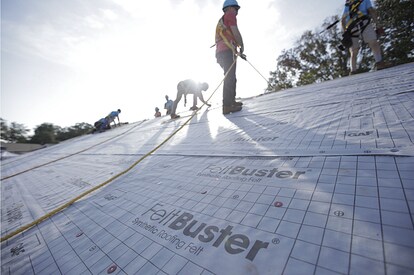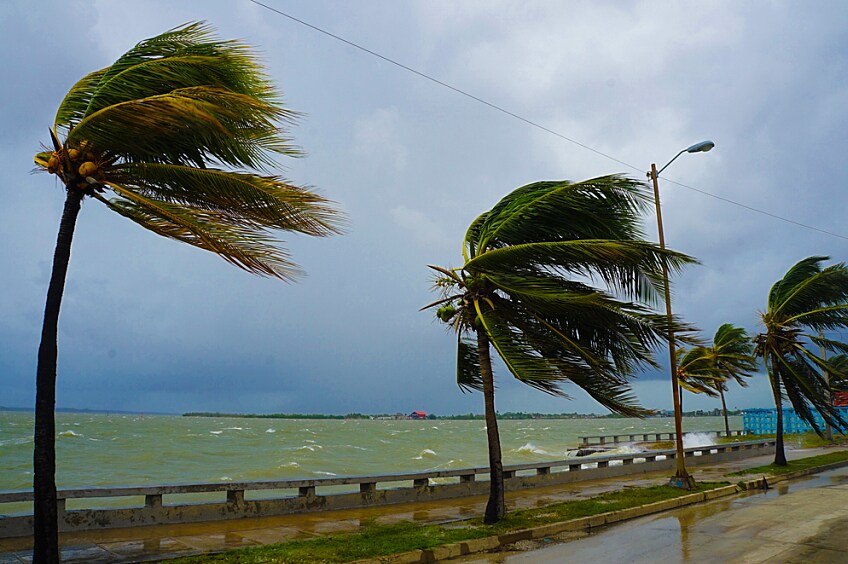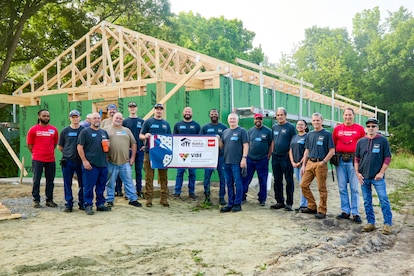
Your Home
What to Look for When Finding a Contractor
Your roof is a long-term investment that helps protect your family, may improve your home's resale value, and crowns your home's aesthetic so finding a contractor that is qualified is very important. To help you choose a roofing contractor with confidence, here are three qualities to look for.1. Professional Experience and ReputationBefore you hire, do your research. Choose a company based on experience and reputation—not just price. If you decide on price alone, you may not be making the best choice.RecommendationsWord-of-mouth from trusted sources is a great starting place. Ask neighbors, friends, and online community forums for referrals.ResearchVisit the company's website to determine the products and services it offers—as well as the number of years it's been in business. Then, verify the company is licensed and insured.ReviewsNext, read reviews from multiple online platforms to learn about customer experiences. Resources could include Google Reviews, Yelp, Better Business Bureau, and the company's social media pages. While searching, look for info such as ease of interactions, professionalism during installation, cleanup after project completion, and overall satisfaction with the outcome.2. CertificationsFinding a contractor certified by a manufacturer typically indicates that a contractor has met the certification requirements of the manufacturer. For example, contractors certified by GAF must be insured and licensed in states where they operate (if required). GAF also considers factors such as years of roofing experience, credit rating and overall standing with the Better Business Bureau.Higher tiers of certification may be allowed to offer better enhanced warranties on qualifying roofing systems. For example GAF Master Elite® Contractors are entrusted to offer the GAF Golden Pledge Limited Warranty* on qualifying roofing systems, which provides up to 30 years of misapplication coverage.VerificationVerify contractor certifications whenever possible. For example, the GAF website lets you verify whether a company is certified by GAF by simply entering their phone number or contractor ID.AwardsIn addition to certifications, select contractors may also qualify for manufacturer awards. For example, the highest distinction a GAF Master Elite® contractor can earn is the GAF's President's Club Award. This award indicates that a contractor has demonstrated commitment to installing GAF roofing systems backed by GAF's strongest warranties and dedication to learning about GAF's products and services.3. Operational ApproachAfter identifying several contractors, consider these talking points when interviewing the contractors:ExperienceAsk the contractor whether it has experience installing roofs on the type of roof architecture you have.AvailabilityWhen do you need the project to start, and when can the company actually do the installation? If your roofing needs are urgent (leaks, damage, etc.), make sure they can perform the work in the timeframe you are looking for.EstimateAsk the contractor to provide you with an estimate. As a preliminary step, try using GAF's estimate tool. However, keep in mind that the estimate provided by the tool is non-binding and contractors will provide their own estimates. Review actual estimates from contractors closely to understand what is included. The cheapest option is not always the best. Consider experience, and reputation, too.Payment OptionsAsk your contractor about payment options, including payment and financing options to make sure you choose the best option for you.Starting Your SearchPrioritizing these qualities when looking for a contractor may help you find the right company for the job.Are you ready for a new roof? Find a GAF certified roofing contractor** today.*See GAF Golden Pledge Limited Warranty for complete coverage and restrictions.**Contractors enrolled in GAF certification programs are not employees or agents of GAF, and GAF does not control or otherwise supervise these independent businesses. Contractors may receive benefits, such as loyalty rewards points and discounts on marketing tools from GAF for participating in the program and offering GAF enhanced warranties, which require the use of a minimum amount of GAF products. Your dealings with a Contractor, and any services they provide to you, are subject to the GAF Contractor Terms of Use.
By Authors Annie Crawford
August 20, 2024



